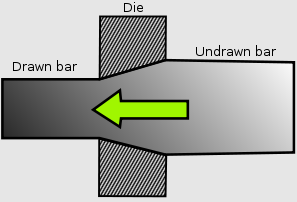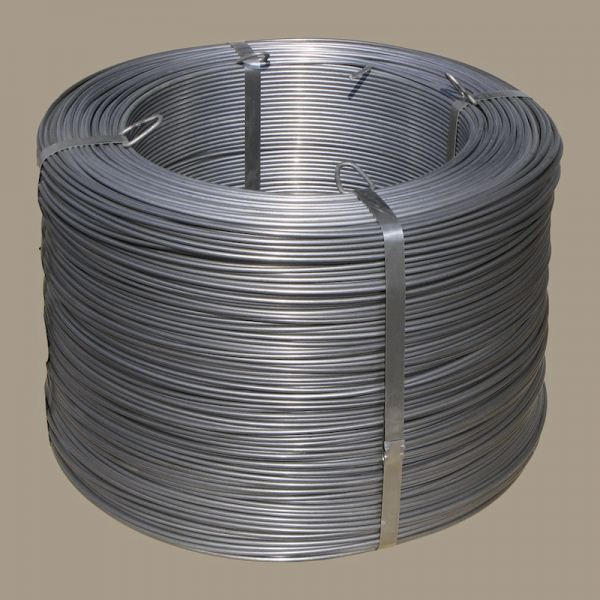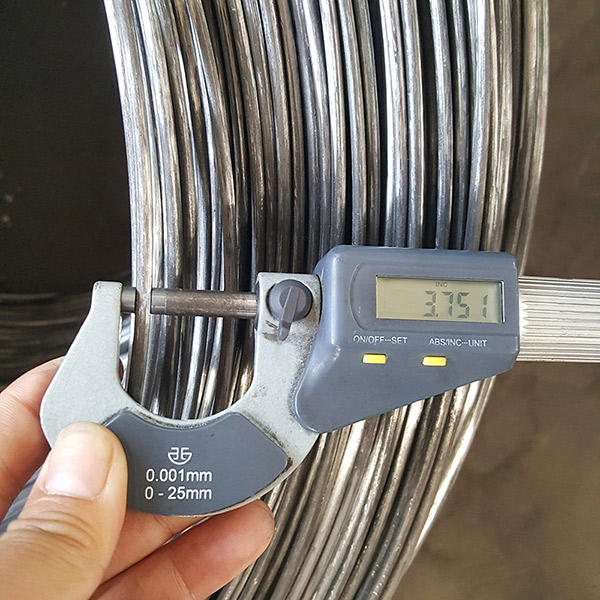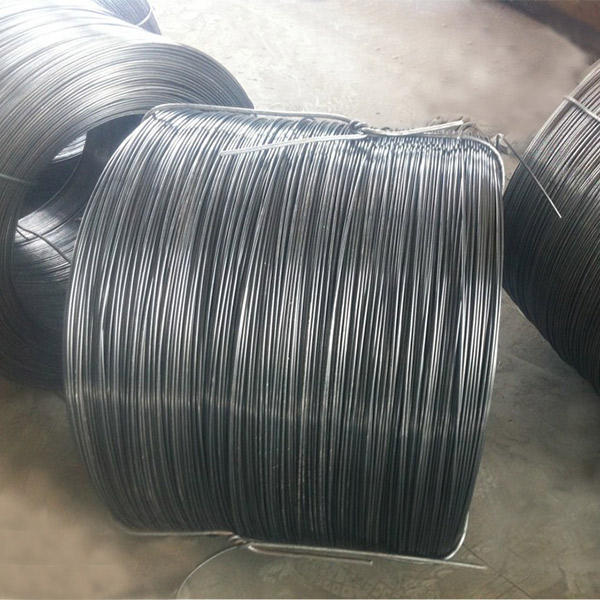PRODUCTMAU OYAMBA
Cold DRAWN zitsulo bar
Cold drawn steel can be found in many consumer products that we use on a daily basis, as it has the physical and appealing characteristics that make it useful for many products. We’ve answered some common questions asked when it comes to cold drawn steel, also known as cold finished steel.
Kodi Cold Drawn Steel ndi chiyani?
Chitsulo chomwe chimakoka chimadutsa m'mafa angapo kuti chikwaniritse mawonekedwe omwe mukufuna chimadziwika kuti chitsulo chokoka. Akafa amagwiritsa ntchito kuchuluka kwa zipsinjozo mothandizidwa ndi makina osindikizira, ndipo chitsulo choyambira chimayenera kudutsa kufa kapena kufa kangapo. Kuzizira kumatanthawuza chitsulo chokoka chomwe chimapangidwa ndi kutentha kwa chipinda, chomwe chimafuna kukakamiza kwina kuti apange chitsulocho, koma chimapatsa chitsulo mikhalidwe yowonjezera ndi maonekedwe okongola.

What’s the Cold Drawn Steel Process?
Initially, a steel manufacturer starts with a starting stock of steel product – either hot rolled straight bars or hot rolled steel coils - that is brought down to room temperature. Regardless if the end product is bar, tube or wire, the undrawn steel product is drawn through a die, which stretches the starting stock into the desired shape and size. This is done with the help of a grip that attaches to the steel stock and pulls the steel through the die. To the naked eye, the steel does not change much in shape through a single pass through the die, and usually takes multiple passes before it takes on the desired end shape.
Izi ndi zabwino za Cold Drawn Steel Wire
· More accurate dimensional size tolerances.
· Increased Mechanical Properties, higher yield strengths, tensile strength and hardness.
· Improved Surface Finish, reduces surface machining and improves quality.
· Allows for higher machining feed rates.
· Superior Formability, responds better to spheroidization
· Maximizes machinability, thereby reducing yield loss.








